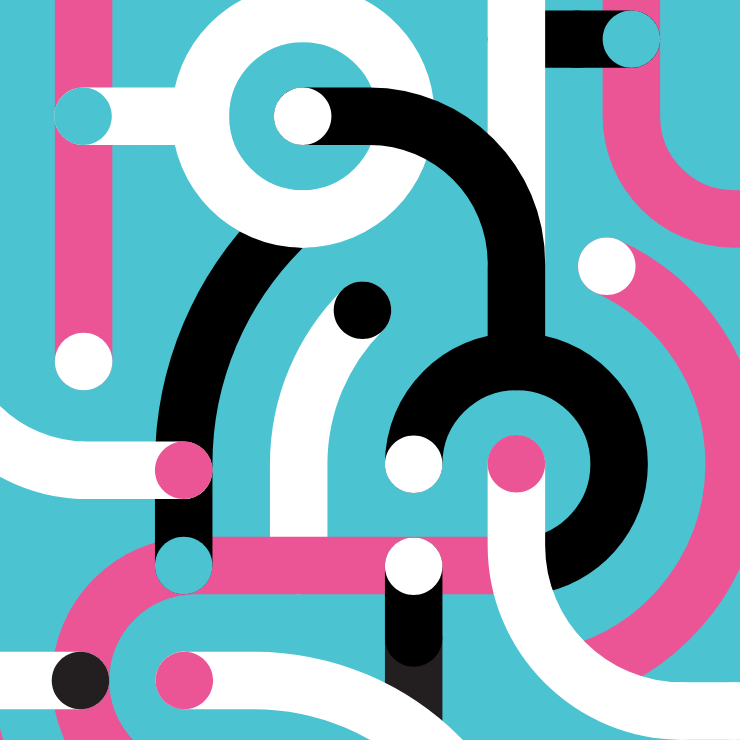3 ways to optimize your creative for campaign performance.

If optimizing campaign performance starts with looking at your analytics and seeing where your challenges lie in the customer experience journey, what are the next steps?
You’ve identified the tactic you want to modify (and, of course, A/B tested), but where do you start making changes? Here are three ways creating standout campaign creative can optimize your marketing performance.
1.
Stop being safe
We’re exposed to thousands of impressions every day across multiple devices and out in the world, more than at any time in history. Too often, marketers go with similar “safe” options that result in a sea of sameness. Your goal is to get a reaction. You can’t be safe and expect to get noticed.
- Skip the stock images. Everyone in your category is pulling from the same stock pool. Consider custom graphics or, if you must use stock, do something interesting with it — add textures, cut out backgrounds, use interesting crops. You can also consider a metaphorical approach that connects to an emotional benefit rather than a literal, concrete representation. Try this with a campaign element: If you swapped out the logo, would it work for your competitor?
- Adding motion to static ads can make a huge difference. One client we worked with switched from static to carousel ads and saw a 300% increase in clicks. It doesn’t have to be much — text moving in, images appearing, simple animations — but adding motion can help your ads get attention.
- A clever or witty headline can go a long way toward a reader staying on your page instead of scrolling on by. With so much clutter in the marketplace (so much of which, frankly, isn’t all that interesting), you can stand out by simply being interesting. Be fun. Be different. Be surprising.
- If you’re placing ads, consider the context where those ads will appear. Is it a crowded and noisy experience overall? Is it mostly white space and text? Get creative with the design of your ad to contrast or complement the environment in which it will be living.
2.
Check your experience
Your integrated campaign should stand out, but it should also live up to its name and be integrated. It should feel like one seamless experience from touchpoint to touchpoint — consistent but not repetitive, with each element building on the previous and driving to the next. For example, check your call-to-action buttons — the language as well as the destination. Do they clearly drive to the expected experience with a promise of value? Does the destination visually align with the driver?
One of the best ways to evaluate a campaign’s cohesiveness is to print out each element and pin them all up on a wall in sequence. With everything in view at once, you’ll be able to spot breaks in the flow or inconsistencies in design that could create a fragmented experience.
3.
Connect human to human
No matter what product or service you’re selling, it’s a person reacting to your campaign. Too often, campaigns begin talking about products and solutions without addressing the underlying needs the solution is supposed to address.
Take a step back and ask if your campaign is aligned to help your audience succeed in the critical moments of their day-to-day lives — not yours. Talking about features too quickly can get you clicks that don’t lead to click-throughs. According to the Harvard Business Review, an emotionally connected customer is worth twice as much as a highly satisfied customer.1 Connect with the emotions that make people buy.
1https://hbr.org/2016/08/an-emotional-connection-matters-more-than-customer-satisfaction
You can’t connect to an audience you don’t know.
All these decisions and explorations should be guided by your understanding of the audience you’re trying to reach and the worlds they inhabit. Understanding what drives their decisions in the moments that matter should inform your design and content decisions at every touchpoint when optimizing campaign performance.


